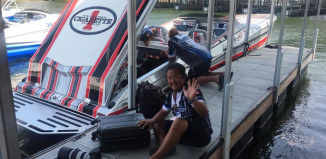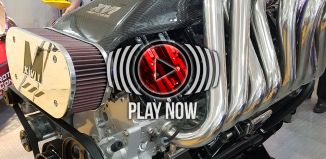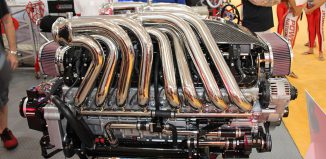Several years ago, EFI four stroke outboard engines and Electronic Fuel Injected Sterndrive technology took the Marine Service Industry by storm. Service Centers without up to date equipment and sufficient knowledge of these new, technically advanced power plants were suddenly stuck in the dark ages practically overnight. Popular marine service locations, along with knowledgeable technicians, rapidly became “Old School” shops. Although there was still a large group of those that prefered carburetors to EFI, the times were changing and they had to rapidly adapt to stay in the game. The world was embracing the development of new technology at an exponential rate and it has become a “sink or swim” environment.
Bring us to the present day and the “once new” technology is finally beginning to expose its weak points. The service level required to maintain this technology becomes increasingly apparent as more and more boaters begin to experience major problems due to the age and neglect, albeit unknown neglect, of specifically the injectors and their associated parts. For example, if your boat has a Mercury Racing 500EFI or 525EFI or two under the hatch with one fuel injector per cylinder and there are some performance issues with one or more of them your boat with inevitably run much leaner than desired. Injectors are essentially MINI electric carburetors and the specified injectors do exactly what they are told (or try to) by the ECU. The performance and health of the engine is significantly more dependent on the uniform operation of the injectors than one would think. If one or more were to fail that would result in those affected cylinder becoming lean and dying or washing out. The even bigger issue is that although the resultant problem can be identified, the cause tends to remain undiscovered and continues to have the same repeated affects over and over again.
The problem can often go misdiagnosed for years and be blamed on other issues with the engine. A drop in RPM’s or a lack of overall power are the most apparent signs of injector failure but unless you know exactly what you are looking for the problem can seem like the culmination of other issues or simply the result of an aging engine. It’s also easy to blame on props, fuel or whatever else comes to mind. Just like any other part, and perhaps even more so, the injectors need monitoring and servicing to keep them operating at their peak. There’s never a good day when one or more of your injectors is only putting out 50% or 60% of their designated output. Even worse, the engine could lose an entire cylinder or two because of this. Many shops will misdiagnose the issue, do an engine rebuild, and then when the same faulty injectors are used, the engine will be impaired right from the get-go and continue to deteriorate as did the last one. In one particular case an engine was brought in and after the rebuild the only part that was salvaged was a single cylinder. The engine block was irreparable as were the cylinder heads, valves, etc. After completing the rebuild and flowing the injectors, it was discovered that the injectors were operating at less than 50% optimal output. After the much needed injector reconditioning, fuel volume increased by an astounding 52%. This highlights the issue that if those same injectors were used before reconditioning the engine would already be suffering and the cost of rebuild after rebuild would be nothing short of insane. Clearly maintaining the health of your injectors and staying on top of them is an integral part of keeping your engine healthy and performing the way it should be.
Special thanks for the content from our friends at WWW.INJECTORUSA.COM








